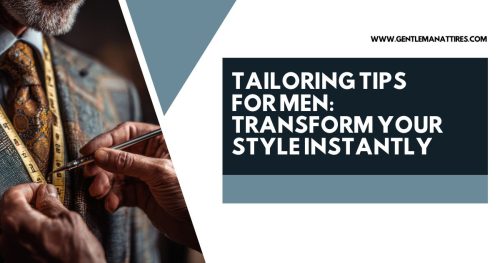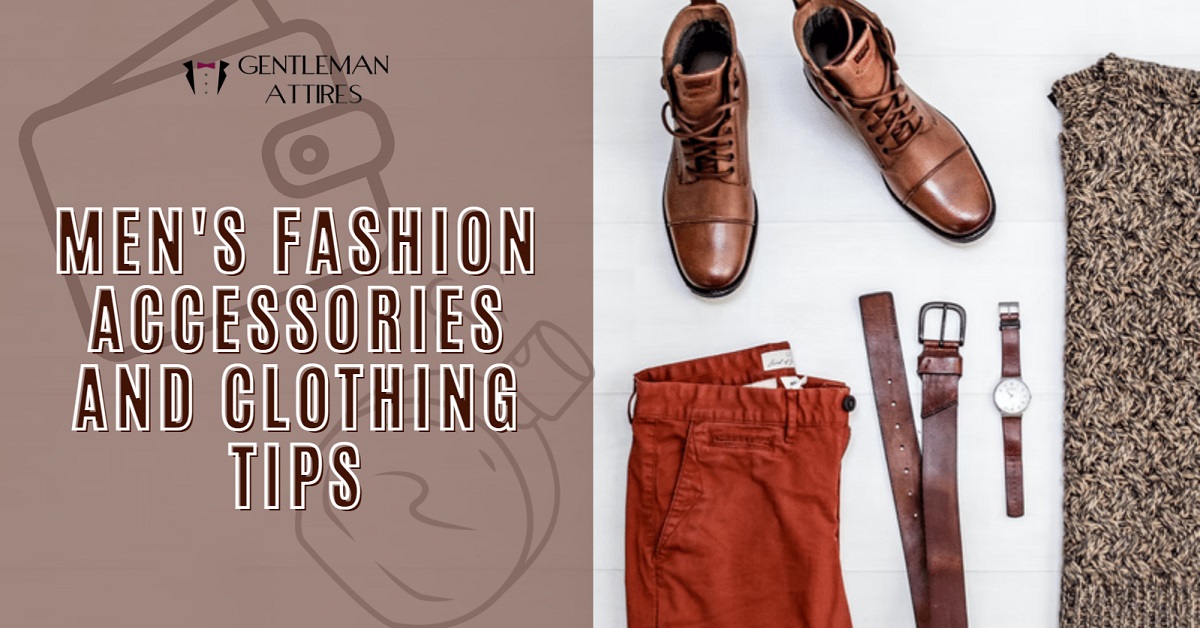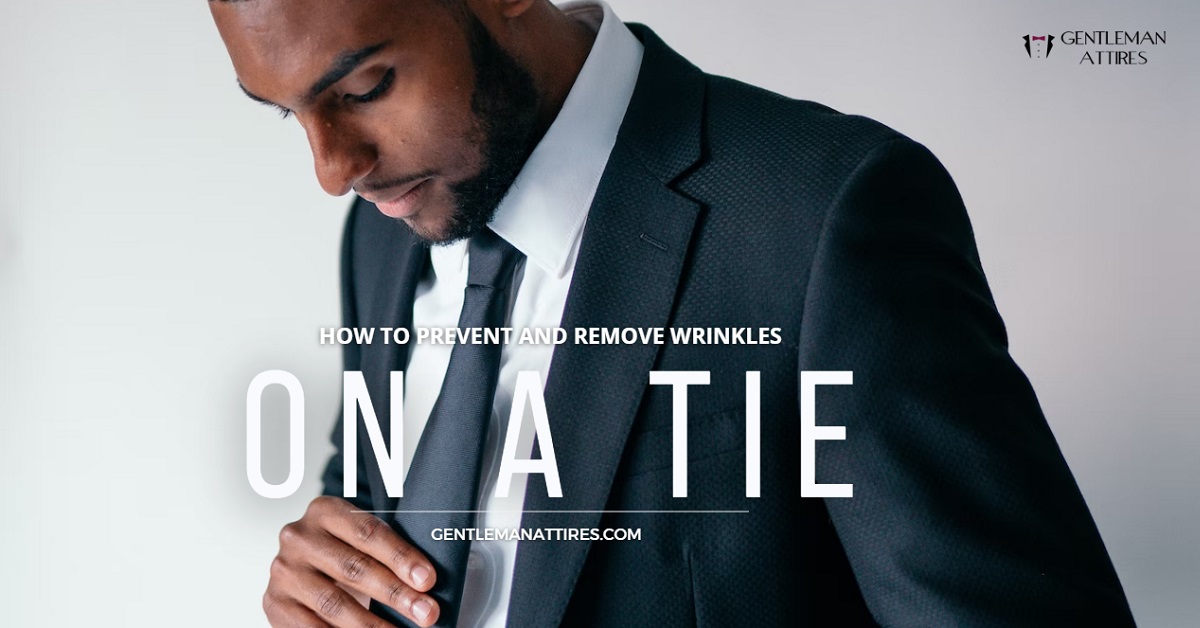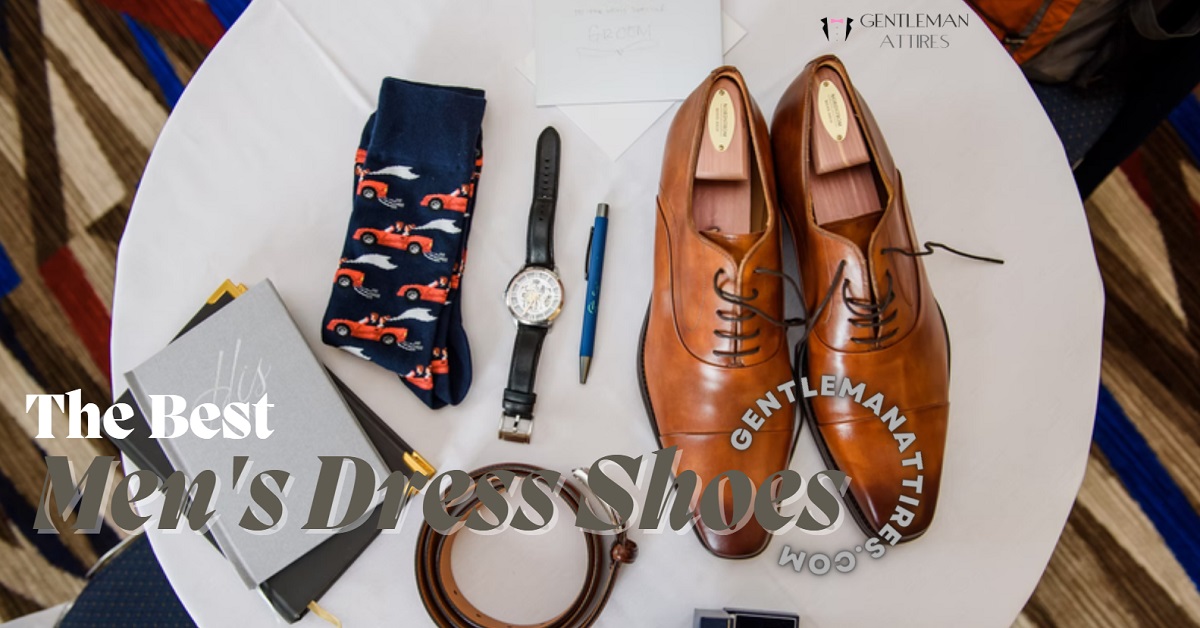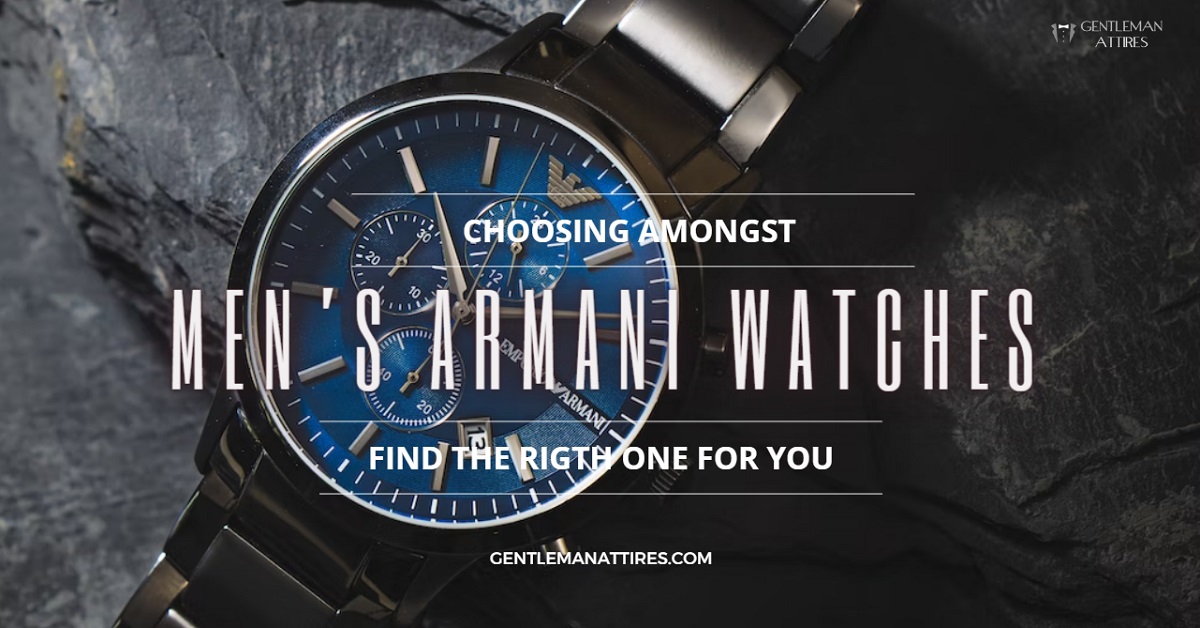There’s a small, magical rule that most men discover too late: clothes don’t make the man, but tailoring makes the clothes make the man. A garment on a hanger can look respectable, but when it’s shaped to your body by a skilled tailor, it becomes persuasive. Whether you’re five-foot-six or six-foot-three, lean or broad-shouldered, a few precise adjustments can turn an ordinary outfit into something remarkable. In 2025, tailoring tips for men matter more than ever, as the conversation around menswear has shifted from chasing trends to prioritizing fit, sustainability, and personal expression.
Think of fit as the posture of your clothing. When a jacket sits properly on your shoulders and your trousers skim rather than swallow your shoes, everything else—color, brand, even confidence—feels more composed. The same suit can look entirely different depending on how it fits. A well-tailored waist or corrected shoulder line can take years off your appearance, while a simple hem adjustment can transform a sloppy outfit into something sharp.
Tailoring can even rescue old favorites. A jacket you haven’t worn in years can become your go-to piece after an expert alteration. For example, if your jacket pulls at the buttons, a tailor can adjust the waist so it flatters your shape without straining. If your trousers bunch at the ankles, a proper hem will give you a clean, modern line. These changes may sound small, but the visual impact is immediate. The result is often a quiet realization that style isn’t about size labels—it’s about proportion.
Tailoring as Personal Style, Not Costume
The tailoring renaissance of 2025 isn’t about flashy logos or rigid formality. It’s about personalization. Men are increasingly drawn to bespoke and made-to-measure options because they want garments that reflect their lives. Whether you prefer a structured silhouette or something relaxed and contemporary, a tailor can translate your preferences into a tailored fit, high-quality fabric, and precise details. Small decisions, such as a higher button stance or a narrower lapel, can shift a jacket’s mood from corporate to creative or from formal to easygoing.
This idea aligns perfectly with current trends, such as tonal dressing and monochrome styling. When your outfit relies on subtle color variations, fit becomes the main visual anchor. A poor fit can ruin an otherwise stylish look, while a great fit makes even minimalist outfits appear intentional and refined. Tailoring lets you express yourself confidently without shouting through your clothes.
The Sustainability Argument for Tailoring
Tailoring also makes sense for the planet. The rise of fast fashion has created a culture of waste, but tailoring encourages repair, reuse, and longevity. A well-fitted suit can last for decades, evolving with you as your body and style change. Many tailors use higher-quality fabrics and more thoughtful construction methods, which naturally extend the lifespan of a garment. Choosing tailoring over disposable trends helps you build a smarter, more sustainable wardrobe—one that prioritizes craftsmanship and character over quantity.
What Tailors Actually Do
If you’ve never been to a tailor beyond getting a hem done, the process might seem mysterious. But a skilled tailor does much more than shorten sleeves or pants. They measure you with an eye for proportion, checking shoulder width, sleeve length, waist balance, collar shape, and how fabric drapes over your frame. Then they make subtle structural adjustments that change how the garment interacts with your body.
For made-to-measure or bespoke work, you can also choose the materials, linings, buttons, and other small details that make the garment truly yours. The goal isn’t to create something “perfect” by generic standards but to make something perfect for you.
For beginners, the most transformative changes are usually simple: adjusting the shoulders, taking in the waist, shortening the sleeves, and hemming trousers to the right break. These four alterations can make a world of difference, often within a week.
Tailoring Tips for Men: Different Bodies and Lifestyles
Tailoring is personal. The goal isn’t to conform to a single ideal, but to enhance what’s already there. If you commute by bike, you may need extra room at the back for movement. If you spend your day sitting at a desk, a slightly higher button stance could improve comfort. A good tailor will listen first, then recommend practical adjustments that flatter your build and suit your lifestyle.
Consider an example. A man who spends long hours outdoors wanted a suit that didn’t restrict his movement. His tailor suggested a softer canvas and eased shoulders, creating a sleek yet comfortable silhouette. The result was a suit that balanced freedom and formality—a wearable piece that fit both his job and his style.
How to Choose What to Alter First
If you’re new to tailoring, start with the most noticeable parts. For suits and blazers, that means shoulders and sleeve length. Shoulders are critical because they define the garment’s structure and are difficult to fix later. For trousers, focus on waist fit and hem length to achieve a clean line. Shirts often benefit from taking in the sides or adjusting sleeve length to eliminate billowing.
If you’re on a budget, make one impactful alteration first. A single well-done adjustment—like fixing shoulder width or trouser length—can make a bigger visual difference than several small tweaks done halfway. Think of it as quality over quantity.
Made-to-Measure vs. Bespoke vs. Alterations
Here’s a quick breakdown. Alterations modify existing garments, usually store-bought pieces. Made-to-measure starts from a standard pattern that’s adjusted to your measurements for a semi-custom fit. Bespoke tailoring is the pinnacle of craftsmanship, where patterns are drafted from scratch for your exact body shape.
Each has its place. Made-to-measure is a great balance of personalization and cost, ideal for men who want a custom feel without the full bespoke price tag. Bespoke tailoring is an investment that yields a one-of-a-kind garment, often finished by hand with meticulous attention to detail. For most men, a combination of alterations and made-to-measure garments offers the best of both worlds.
Budgeting for a Tailored Wardrobe
Let’s talk numbers realistically. Simple alterations like hemming or tapering can cost between $20 and $50. More complex suit adjustments can range from $100 to several hundred dollars, depending on the tailor and material. Made-to-measure suits typically start at around the low thousands, while bespoke pieces can cost several thousand more, especially when made with luxury fabrics.
Rather than overhauling your wardrobe at once, start small. Choose versatile items worth investing in, such as a navy blazer, a pair of well-fitted trousers, or a white shirt. Each piece will serve as a foundation for future outfits, allowing you to expand gradually as your style evolves.
The Technological Edge in Tailoring
Modern tailoring isn’t stuck in the past. Today’s tailors use 3D body scanning, digital pattern-making, and virtual fittings to ensure precision and speed. These tools make tailoring accessible even if you don’t live near a traditional atelier. Technology helps replicate accuracy across multiple garments, saving fitting time, especially for men with busy schedules.
However, no machine can replace a tailor’s trained eye. The best results come from a blend of craftsmanship and technology—a hand-guided process supported by modern innovation. This combination represents the future of menswear: smart, efficient, and personal.
Style Hacks Using Tailoring
Here are some quick tailoring ideas that make a visible difference:
- Taper from the knee down: This creates a slimmer silhouette without sacrificing comfort.
- Take in the jacket waist: It builds a V-shape that emphasizes your shoulders and improves proportion.
- Soften the shoulder structure: Removing excess padding gives a more relaxed, contemporary look.
- Adjust jacket length: Shortening slightly modernizes the fit, while a longer cut can make you look taller and more elegant.
- Fine-tune sleeve length: Showing just a half-inch of shirt cuff instantly adds sophistication.
Each of these tweaks is subtle but powerful. When combined, they create an overall impression of polish and confidence.
How to Find the Right Tailor
Finding a tailor is like dating. You’re looking for someone who listens, communicates clearly, and earns your trust. Start by asking for recommendations from stylish friends or colleagues. Look up reviews and photos of their work, and pay attention to consistency and communication.
During your first visit, be sure to ask questions. How many fittings are included? What’s the turnaround time? What kind of guarantee do they offer? A good tailor will explain their process and help you understand what’s possible. If you’re unsure, begin with a simple alteration before committing to a more expensive project.
Confidence Is the Real Return on Investment
Tailoring doesn’t just change how you look—it changes how you feel. Clothes that fit well give you posture, purpose, and presence. When your garments follow your frame, you naturally carry yourself differently. You make better first impressions. You look more intentional. This isn’t vanity; it’s communication. Fit signals self-respect and attention to detail, traits that never go out of style.
A Quick Checklist Before Your First Tailoring Appointment
- Dress the part: Wear clothes that are close to your actual size so the tailor can accurately assess your appearance.
- Bring your shoes: Proper footwear affects how trousers fall, so bring a pair that is similar in style.
- Bring inspiration: Photos or descriptions of your desired look help the tailor understand your style.
- Ask about care: Learn how to maintain and press your tailored garments to preserve their shape and appearance.
- Clarify costs and timing: Obtain an estimate and a clear timeline before committing to any action.
Tailoring Tips for Men to Achieve the Perfect Fit
Tailoring isn’t about chasing perfection; it’s about bringing harmony between your clothes and your body. It’s one of the simplest yet most transformative upgrades a man can make. In 2025, as more men embrace thoughtful dressing and sustainability, tailoring has become less of a luxury and more of a mindset.
Start small. Take one item you love but don’t quite wear and let a professional adjust it. Once you see how dramatically a good fit elevates your look, you’ll understand why tailoring is the secret weapon of timeless style. The moment your clothes truly fit, you won’t just look better—you’ll move through the world with quiet confidence and undeniable presence.




